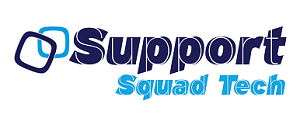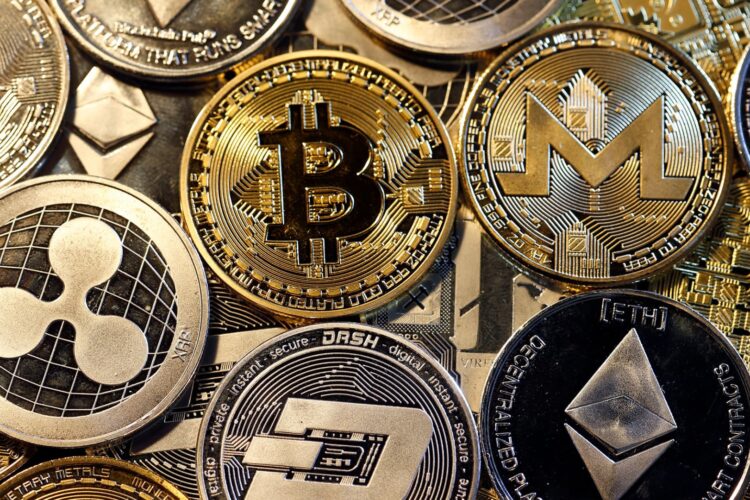The Internet of things refers to the intricate network of real-world physical items (also called “things” or “tech”), typically including computers, phones, watches, or other things that people use in their day-to-day lives. The Internet of things offers several benefits for businesses trying to reduce costs and improve productivity. For instance, the Internet can help organizations capture, manage, and distribute more accurate and up-to-date data. It can also help real-world companies provide their customers with updated information about the real world wherever and whenever they want to. This increases customer satisfaction and customer retention, as customers don’t feel pressured to conform to or learn new information, whenever they don’t want to.
But the promise of the internet of things (IoT) is far from complete. One of the biggest challenges companies face today is how to move data from one device to another, whether it’s from a phone to a tablet computer, from a laptop to a smart phone, or from a server to a networked device. Traditional technologies such as Fibre Channel and Local Area Networking (LAN) were designed to transport data using the existing infrastructure. The problem is that the traditional IT infrastructures are getting more expensive and the speed of connection for many consumers and businesses is decreasing. The result is that companies are looking for solutions that allow them to take advantage of the existing network infrastructure and rapidly and inexpensively transfer large volumes of data, while still maintaining high-quality standards and compliance.
When considering how an IoT system actually works, you’ll find that there are five basic components involved: sensors, access points, processors, networking and storage. The components work together to allow you to quickly and efficiently send information and data to all the devices on your network, whether they’re computers mobile devices or web services. There are three types of networks that can be created with IoT software: Integrated, Cloud and Consumer. Let’s look at each one.
An integrated on system offers the most flexible integration points and the ability to easily configure any device into your organization’s cloud or internal system. This option makes it easy to add sensors and actuators as needed and to deploy machine learning or artificial intelligence (ANN) algorithms to collect data or predict where motion is likely to occur next. The beauty of cloud based analytics is that you can use the same logic to trigger changes in your sales process, human resources management or marketing programs without incurring too much additional cost or programming. If you need to change certain behaviours for a certain group of people in your organization, or even if you want to replace employees with machines or other forms of automation, the cloud will accommodate your needs.
IoT Device Lifecycle
Consumers are typically not concerned with all the automation and connectivity that go on behind the scenes. They care only about how the product or service they are purchasing provides them with value right now. Consumer devices can communicate with their servers, or with other consumers over the internet, or through a wired Ethernet network. The Internet of Things (IoT) refers to the integration of these disparate systems in order to facilitate real-time processing, data collection and machine learning.
The second option, Cloud, takes the idea of connectivity and accelerates it beyond what an individual or organization might have access to. The cloud was designed to deliver unparalleled speed and performance across wide swaths of an organization’s resources. The user might be away from his desk, but his digital assistant, sensor or actuator is still maintaining business operations. The user might be away from his desk but still manage to get timely updates on sales, inventory, supplies or other aspects of his business operations. The cloud, an immense virtual infrastructure that operates and feeds itself, allows for instantaneous deployment of capacity as needed and at minimal expense.
The Internet of Things has industry impact because it is expanding the way people do business. Industries such as hospitality, healthcare, retail, transportation and manufacturing are all using IoT devices and data to facilitate their processes and increase productivity. Retailers are able to provide more products, services and inventory based on real-time customer purchasing decisions. Health institutions are able to manage and streamline patient care while speeding up procedures associated with diagnosing and treating diseases and conditions.
The Internet of Things is transforming the way we live. Through greater efficiency, decreased costs and improved health and safety, the Internet of Things can have industry impact in several industries. Health care providers are using iot software to improve hospital efficiency and reduce hospital errors and keep patients healthy. Retailers are using iot technology to make purchasing easier and increasing customer service. The Internet of Things has tremendous industry impact, as it broadens the range of products and services available on the market.


